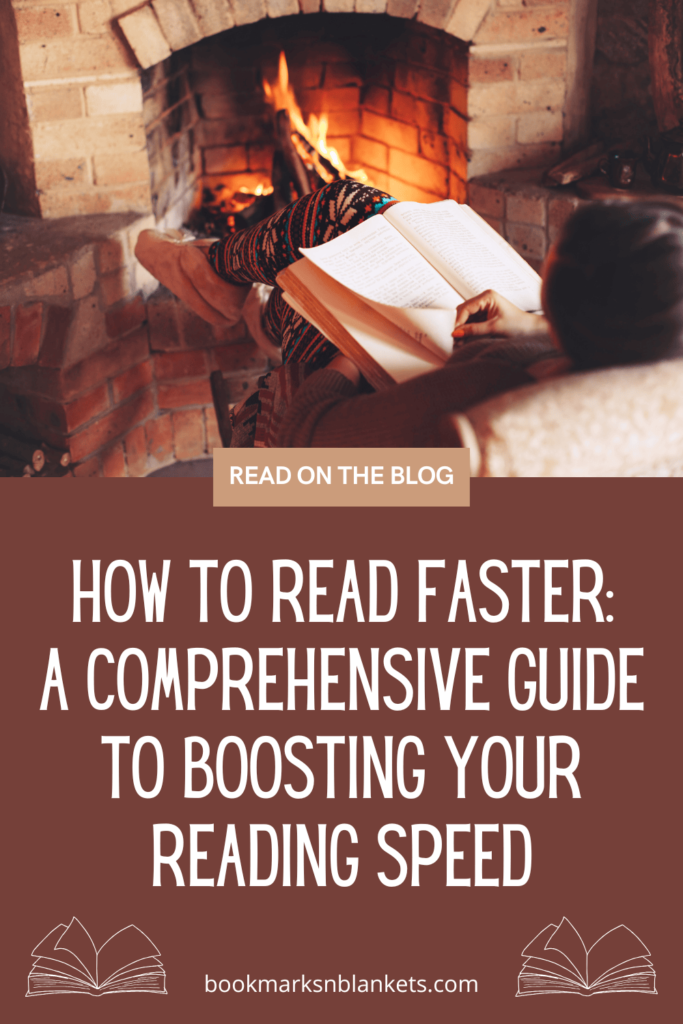Reading is an essential skill that enriches our knowledge, enhances our imagination, and improves our communication skills. However, in our fast-paced world, we often find ourselves struggling to keep up with our reading lists, whether it’s for work, school, or leisure. If you’ve ever wished you could read faster without sacrificing comprehension, this guide is for you.
In this blog, we’ll explore the best techniques and strategies to increase your reading speed while retaining the information you consume. By the end, you’ll have a toolkit of methods to help you power through books, articles, and reports with greater efficiency.
Understanding Reading Speed and Comprehension
Before diving into strategies, it’s crucial to understand how reading speed and comprehension work together. The average adult reads at a speed of 200–300 words per minute (wpm), but speed-readers can read between 500–1,000 wpm while maintaining comprehension. The key is finding a balance between speed and understanding, ensuring that you grasp and retain the information you read.
Techniques to Increase Your Reading Speed
1. Eliminate Subvocalization
Subvocalization is the habit of silently pronouncing words in your head while reading. While this technique helps with comprehension, it significantly slows down your reading speed. To reduce subvocalization:
- Use a pacer, such as your finger or a pen, to guide your eyes quickly across the text.
- Hum or chew gum while reading to distract your mind from pronouncing words.
- Focus on recognizing words as visual symbols rather than speaking them mentally.
2. Use Peripheral Vision
Instead of reading one word at a time, train your eyes to capture multiple words in a single glance. This technique, known as chunking, allows you to take in phrases or groups of words at a time rather than individual words. Try these exercises:
- Use your finger or a pointer to move across the page in a smooth motion, encouraging your eyes to follow at a faster pace.
- Practice reading groups of words by softening your focus and expanding your visual field.
3. Minimize Regression
Regression occurs when you frequently backtrack and reread sentences, which disrupts the reading flow and slows down speed. To minimize this habit:
- Use a bookmark or piece of paper to cover previously read lines, preventing unnecessary rereading.
- Train yourself to push forward even if you feel like you missed a word or two—context will often clarify meaning.
4. Improve Eye Movement
Most people read inefficiently by making excessive eye movements. Instead of letting your eyes jump around, practice smoother scanning by:
- Using a metronome or timer to pace yourself through lines at a steady rhythm.
- Practicing with a speed-reading app or program that gradually increases text speed.
5. Increase Your Vocabulary
A strong vocabulary allows you to recognize and process words more quickly. To expand your vocabulary:
- Read a variety of materials, including fiction, non-fiction, and technical writing.
- Keep a journal of new words and review them regularly.
- Use apps like Anki or Quizlet for flashcard-based learning.
6. Preview and Skim Before Reading
Before diving into a text, take a moment to scan the content to identify key points. This technique, known as pre-reading, helps prepare your brain for faster processing. To do this:
- Read the headings, subheadings, bullet points, and summaries before tackling the full text.
- Identify keywords and phrases that indicate the main ideas.
- Skim through paragraphs quickly, stopping only for crucial information.
7. Set a Reading Goal
Setting specific goals helps train your brain to read at a faster pace. Try these goal-setting methods:
- Use a timer to challenge yourself to complete a certain number of pages within a set time.
- Gradually increase your speed by setting higher reading targets each week.
- Track your progress using speed-reading tests available online.
8. Read More Often
Like any skill, reading speed improves with consistent practice. The more you read, the faster and more efficient you become. Make reading a daily habit by:
- Allocating dedicated reading time each day.
- Switching between different genres and materials to keep your brain engaged.
- Joining a book club or setting personal reading challenges.
9. Use Technology to Your Advantage
Several tools and apps can help improve reading speed, including:
- Spreeder – A speed-reading app that eliminates subvocalization by flashing words rapidly on the screen.
- BeeLine Reader – Uses color gradients to guide your eyes smoothly across the text.
- Outread – A speed-reading app that helps you read faster by focusing your eyes on small chunks of text at a time.
10. Practice Active Reading
Active reading enhances comprehension while allowing you to read faster. Techniques include:
- Asking questions about the material before and after reading.
- Taking brief notes or summarizing sections to reinforce key points.
- Engaging with the content by forming mental images and making connections to prior knowledge.
Common Myths About Speed Reading
Myth 1: Faster Reading Equals Lower Comprehension
While some people assume that reading quickly leads to a lack of understanding, proper training ensures that comprehension remains high. Speed-reading techniques focus on improving efficiency without sacrificing retention.
Myth 2: Everyone Can Read at 1,000+ WPM
Not everyone can or should aim for extreme speeds like 1,000 wpm. The ideal goal is to find a comfortable yet effective pace that maximizes both speed and comprehension.
Myth 3: Skimming is the Same as Speed Reading
Skimming is a useful technique for quickly identifying key points, but true speed reading involves structured methods to increase word recognition and comprehension simultaneously.
Final Thoughts
Reading faster is a skill that requires dedication and practice, but with the right techniques, anyone can improve. By reducing subvocalization, using peripheral vision, eliminating regression, and leveraging technology, you can boost your reading speed while maintaining comprehension.
Start implementing these strategies today, and soon you’ll be flying through your reading list with ease. Whether you’re a student, a professional, or a book lover, reading faster will help you consume more information, save time, and enhance your learning experience.
PIN FOR LATER







